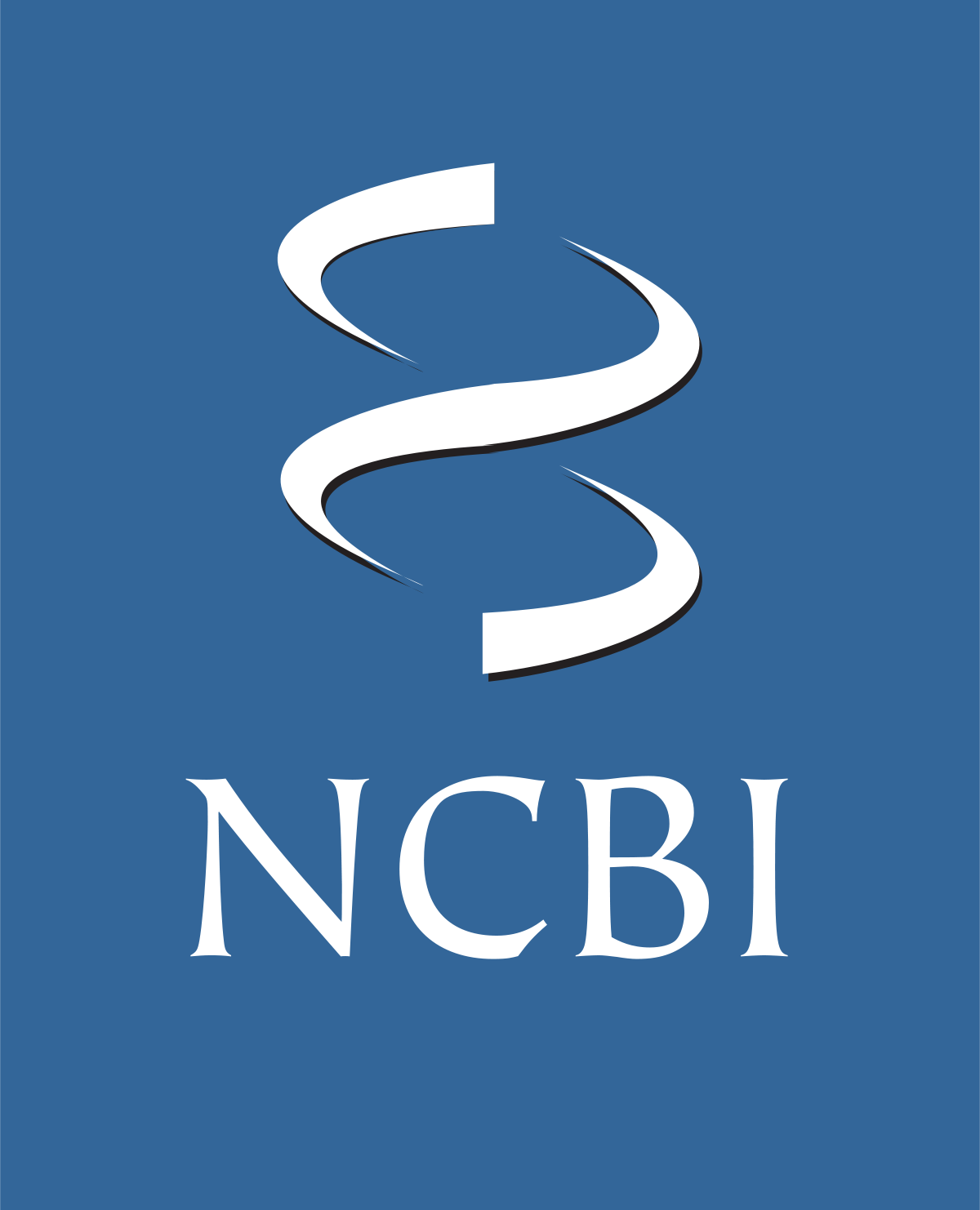Accession
MI0003820
Symbol
HGNC:
MIR454
Description
Homo sapiens
hsa-mir-454 precursor miRNA mir-454
Gene
family?
family?
RF00746;
mir-454
Summary
Caution, this is an AI generated summary based on literature. This may have errors. ?
MIR454 is a microRNA implicated in various biological processes and diseases, including cancer [PMC6659797]. It is part of the MIR130 family, which shares a common seed sequence and can target common sequences [PMC6659797]. Despite its initial identification as one of the most stably expressed miRNAs in colorectal tissues, MIR454 was excluded from subsequent in vitro studies [PMC2873395][PMC6659797[PMC6659797]. It has been shown to directly target TSPAN1 and FAM83A, suggesting its involvement in cancer progression [PMC8533140]. Overexpression of MIR454 has been associated with advanced clinical stages and poor prognosis in gastric cancer patients [PMC7185177]. Conversely, it was found to be downregulated in lymphoma-associated miRNA studies with significant fold changes indicating its potential as a tumor suppressor [PMC7782091][PMC6194144[PMC6194144]. In the context of frailty, altered expression patterns including MIR454 have been identified as potential biomarkers associated with senescence pathways [PMC8980209]. Furthermore, differential expression of MIR454 has been observed in glioblastoma and bladder tumors, suggesting its role varies across different types of cancers [PMC8470251][PMC7920560[PMC7920560].
Literature search

39 open access papers mention hsa-mir-454
(284 sentences)
(284 sentences)
Sequence
55772
reads,
224
reads per million, 117 experiments
ucuguuuaucaccagauccuagaACCCUAUCAAUAUUGUCUCUGCuguguaaauaguucugagUAGUGCAAUAUUGCUUAUAGGGUuuugguguuuggaaagaacaaugggcagg
.(((((((((.((((((.((((((((((((((((((((((((.(((((....)))))...)))....)))))))))...)))))))))))).))))))...))....))))))).
.(((((((((.((((((.((((((((((((((((((((((((.(((((....)))))...)))....)))))))))...)))))))))))).))))))...))....))))))).
Structure
u ---- --a c --- ---- --U g cuguuua uc ccagau cuagaACCCUAU CAAUAUUGU CUC GCugu u ||||||| || |||||| |||||||||||| ||||||||| ||| ||||| gacgggu ag gguuug gguuuUGGGAUA GUUAUAACG gag ugaua a g aaca aaa u UUC UGAU ucu a
Annotation confidence
High
Do you think this miRNA is real?
Comments
The mature miRNA sequences were named miR-454-5p and miR-454-3p in [1] and here. Landgraf et al. showed that the 3' product is the predominant one [2]. The mature sequence shown here represents the most commonly cloned form from large-scale cloning studies [2].
Genome context
chr17: 59137758-59137872 [-]
Disease association
hsa-mir-454 is associated with one or more human diseases in the Human microRNA Disease Database
| Disease | Description | Category | PubMed ID |
|---|
Mature hsa-miR-454-5p
| Accession | MIMAT0003884 |
| Description | Homo sapiens hsa-miR-454-5p mature miRNA |
| Sequence | 24 - ACCCUAUCAAUAUUGUCUCUGC - 45 |
| Evidence |
experimental
cloned [1-2] |
| Database links |



|
| Predicted targets |



|
Mature hsa-miR-454-3p
| Accession | MIMAT0003885 |
| Description | Homo sapiens hsa-miR-454-3p mature miRNA |
| Sequence | 64 - UAGUGCAAUAUUGCUUAUAGGGU - 86 |
| Evidence |
experimental
cloned [1-2] |
| Database links |



|
| Predicted targets |



|
References
|



